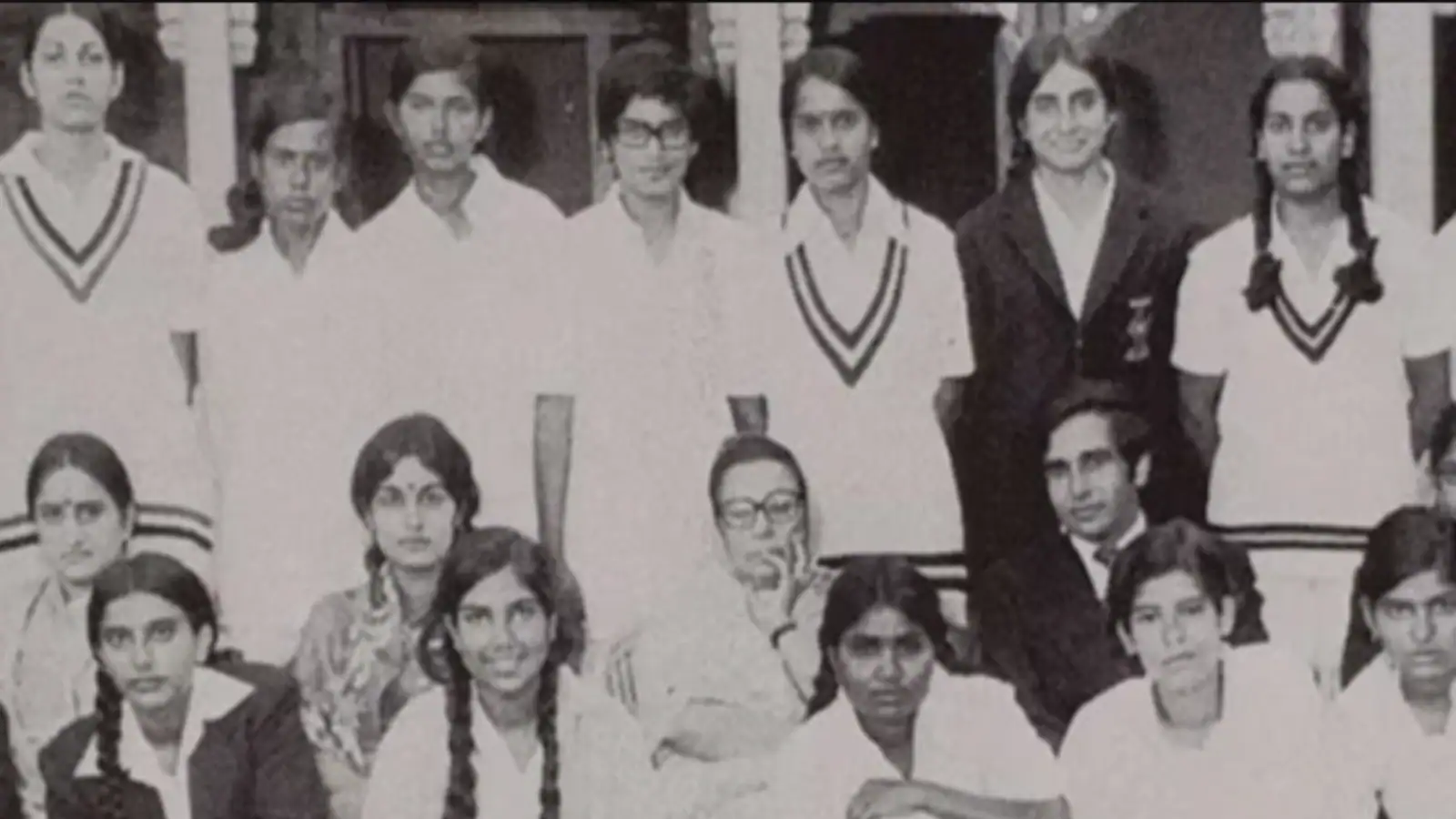Copyright news18

The Indian women’s cricket team has clinched the World Cup for the first time, deserving immense praise for their achievement. Women’s cricket in India has come a long way, with its roots in Lucknow, where its headquarters were located for many years. Nineteen years ago, it merged with the Board of Control for Cricket in India (BCCI), accelerating the sport’s growth. The formal beginning of women’s cricket in India can be attributed to Mahendra Kumar Sharma, from Lucknow. Although the first women’s cricket club was formed in Mumbai, the establishment of women’s cricket as an organised sport in India began with Sharma, who founded the Women’s Cricket Association of India (WCAI) in 1973 under the Societies Act. Sharma registered it and organised the first national women’s cricket competitions. Who Was Mahendra Kumar Sharma? Mahendra Kumar Sharma, previously associated with the Uttar Pradesh Cricket Association (UPCA), recognised the potential in women players. He convened a meeting in Lucknow attended by women representatives from Delhi, Maharashtra, Bengal, and other states, where the WCAI was formally established. The first women’s cricket club, The Albees, was founded in Mumbai in 1969 by Aloo Bamjee, but Sharma institutionalised the sport nationally, becoming WCAI’s first secretary. He also organised softball and handball tournaments for school and college girls in Lucknow. In 1973, during a softball tournament in Hyderabad, players began using softball bats to play cricket after observing boys playing the sport, sparking their interest. Sharma, as highlighted in Suprita Das’s book ‘Free Hit: The Story of Women’s Cricket in India,’ sought to understand the situation before creating a cricket association for women. After organising a local women’s cricket tournament and witnessing the enthusiasm, he convinced several states of the need for a separate association. WCAI organised the first women’s inter-state national competition in 1973, a significant step in promoting women’s cricket across India. Sharma is credited as the main founder of organised women’s cricket in India, although he and Lucknow have not received the recognition they deserve. International Recognition And Achievements The first international tour for the Indian women’s team occurred in 1976. WCAI’s first president was Hamida Habibullah, followed by Chandra Tripathi and Premla Chavan. The Indian women’s team played its first international Test match in 1976, thanks to Sharma and WCAI’s efforts. WCAI became a member of the International Women’s Cricket Council (IWCC) in 1973 and received government recognition in 1978. For a long time, the headquarters of women’s cricket was in Lucknow. Until 2006, team announcements and selections for the Indian women’s cricket team were made from Lucknow, as the city served as its headquarters. Lucknow Served As The Heart Of Women’s Cricket For Years Lucknow hosted the first National Women’s Cricket Championship in 1973-74, featuring teams from many states. This platform produced the first stars of Indian women’s cricket, including Diana Edulji, Shanta Rangaswamy, and Anjum Chopra. Today, players like Harmanpreet Kaur, Smriti Mandhana, Jemimah, Shafali, and Deepti Sharma are shining. WCAI, operating from Lucknow, formed India’s first women’s cricket team, which toured the West Indies in 1976. Although few players from Lucknow made it to the national team, the city provided the administrative and social support necessary to organise women’s cricket. Women’s Cricket Association Merged With BCCI In 2006, when BCCI merged women’s cricket into itself, the headquarters moved to Mumbai, and since then, BCCI has managed and run women’s cricket, giving it a significant boost. Indian Railways’ Contribution Is Equally Notable The Indian Railways’ contribution to the growth of women’s cricket has been immense. It began offering jobs and financial support to women players as early as the 1970s, stepping in at a time when the sport struggled for funding. Railways not only employed women cricketers but also ensured they continued playing, providing a stability that helped the game survive and grow. The Railways also gave the Indian women’s team AC coaches for travel and launched the first Inter-Railway Women’s Cricket Tournament. The organisation recruited top talent from across the country and provided structured training, playing a pivotal role in shaping generations of women cricketers.



